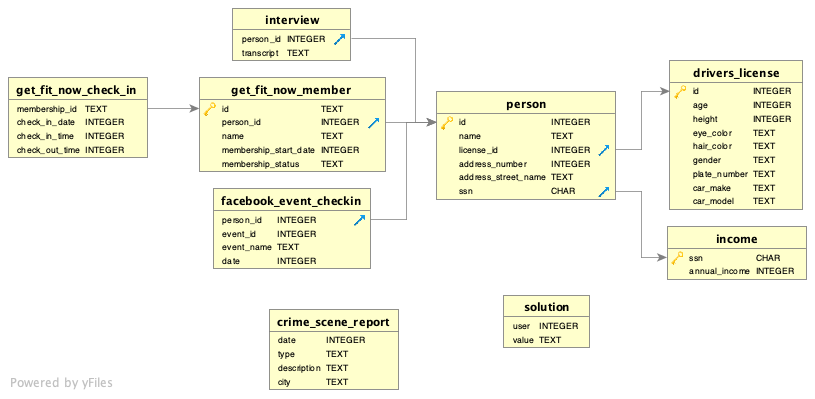library(tidyverse)
# If purrr is not detected, install the package
if (!"purrr" %in% installed.packages()) install.packages("purrr")
source("https://raw.githubusercontent.com/jcanner/stat_210_2025_website/main/labs/instructions/lab-7-setup.R")Lab 7: Murder in SQL City
join + filter + stringr + ludridate
For this lab, you will be joining and filtering related datasets to solve a murder mystery!
1 Part 1: GitHub Workflow
1.1 Step 1: Accessing the Lab
Here is the Quarto document. Data will be imported from an external site.
1.2 Step 2: Making a Small Change
At the top of the document (in the YAML) there is an author line that says "Your name here!". Change this to be your name and save your file either by clicking on the blue floppy disk or with a shortcut (command / control + s).
1.3 Step 3: Pushing Your Lab to GitHub
Now for our last step, we need to commit the files to our repo.
1.4 Step 4: Let’s get started!
2 Part 2: Some Words of Advice
Set chunk options carefully.
Make sure you don’t print out more output than you need.
Make sure you don’t assign more objects than necessary—avoid “object junk” in your environment.
Make your code readable and nicely formatted.
Think through your desired result before writing any code.
3 Part 3: Finding the Killer
Northwestern University’s Knight Lab wanted to help sharpen users’ database skills, so they created a murder mystery. Can you solve this crime in SQL City??
The relational data you will be working with contains tables with different pieces of information pertinent to the crime - people, social media check-ins, driver’s licenses, crime scene reports, police interviews, and more!

You may find the pull() function handy for displaying each clue as you go along.
3.1 Access the Data
This code chunk will read in all of the tables of data for you. Don’t modify or remove this! Take some time to look at each file type so that
3.2 Solve the Crime
3.2.1 Crime Scene Report
Detective Wickham reaches out to you…
A crime has taken place and I need your help! There was a murder in SQL City sometime on January 15, 2018. Could you retrieve the crime scene report from the police department’s database and follow the clues to find the person responsible for the murder?!
Step 1: Find the police report in crime_scene_report. Then used the information in the report to move on to the next data source based on the information learned.
# Code for looking at the relevant crime scene report.Next Steps: Follow the evidence to the person responsible for the murder, building a report as you go.
Solve the murder mystery, showing all of your work in this document. Your document and code must be well organized, easy to follow, and reproducible.
- Use headers and written descriptions to indicate what you are doing.
- Use
dplyrverbs andjoinfunctions rather than just looking through the tables manually. Functions fromstringrandlubridatewill also be useful. - Use good code formatting practices.
- Comment your code.
- Cite any external sources you use to solve the mystery.
Make sure you check for interviews with any suspects!
put the name of the person responsible for the murder here.
